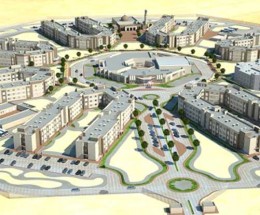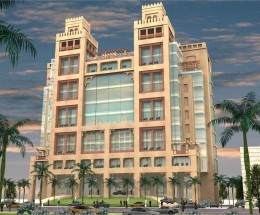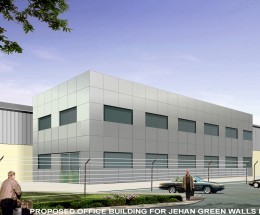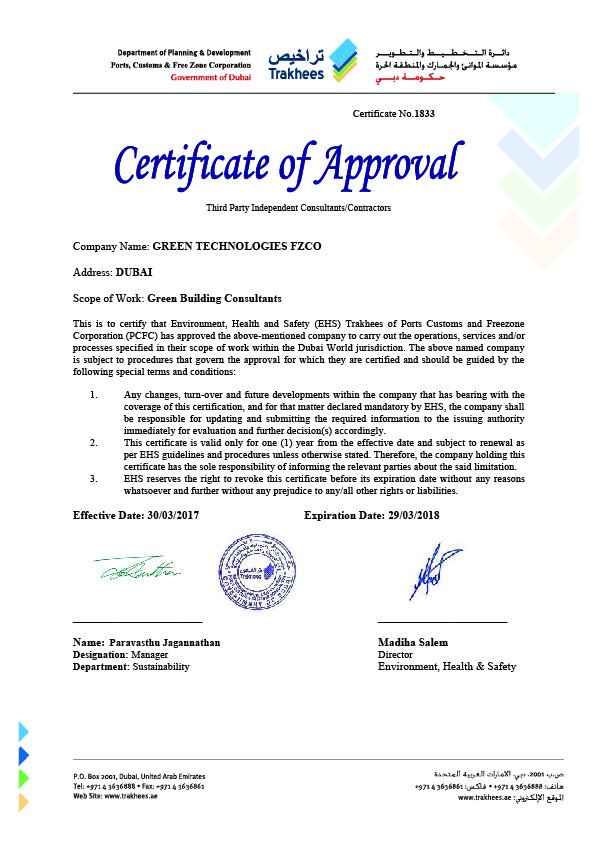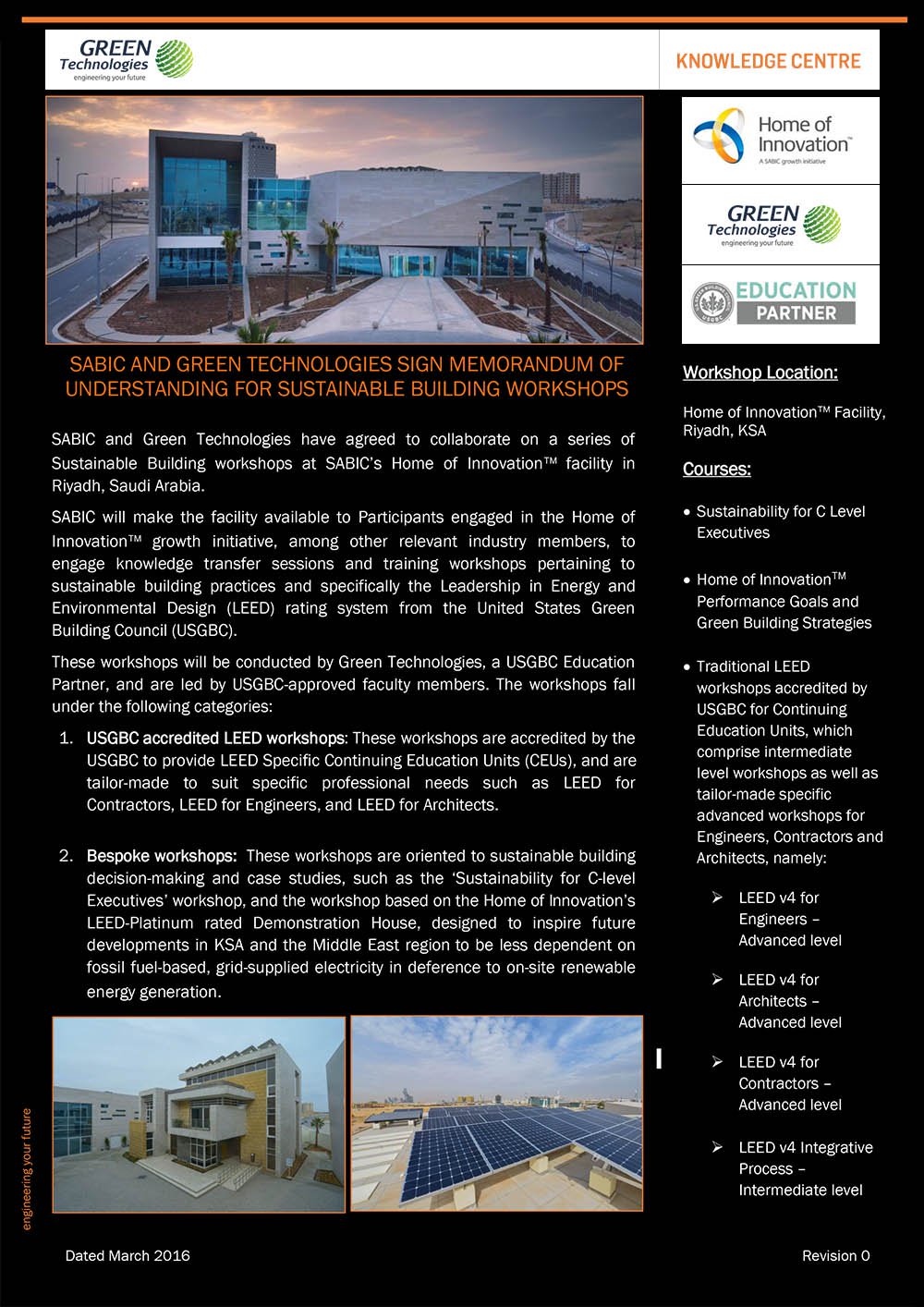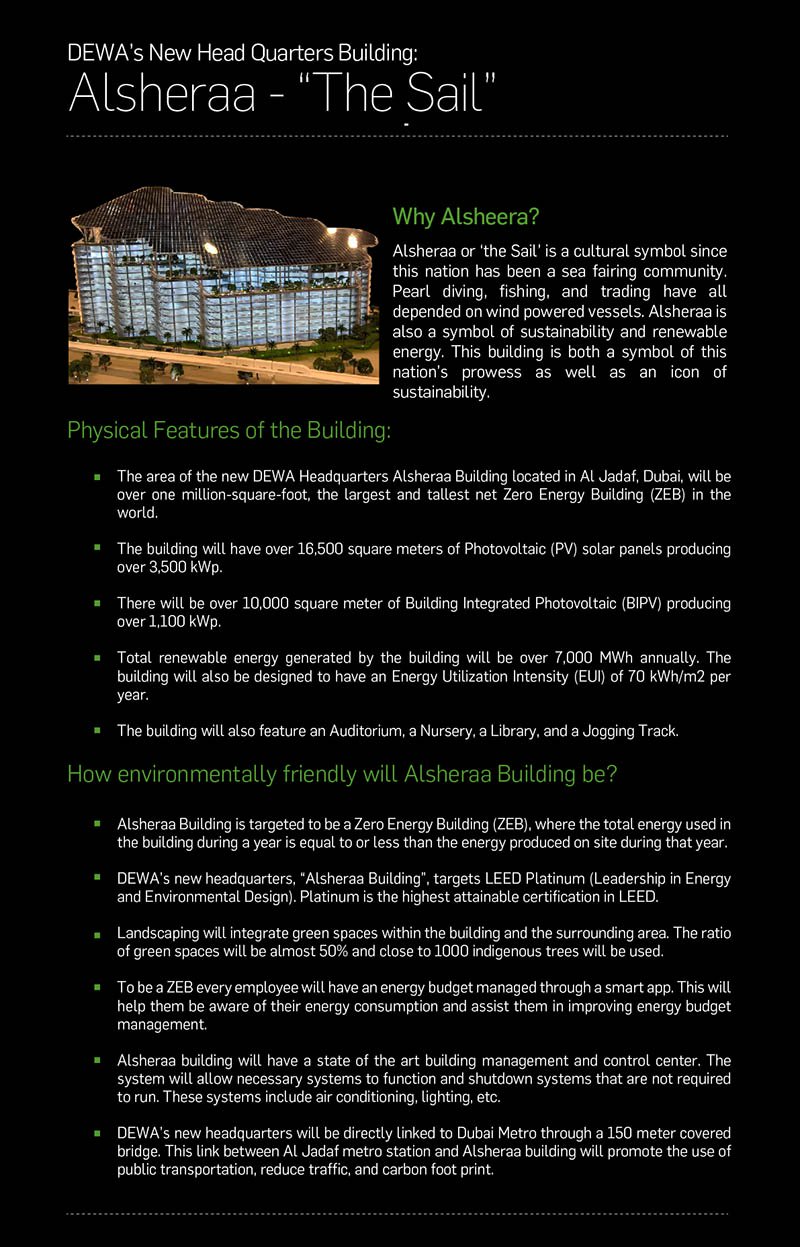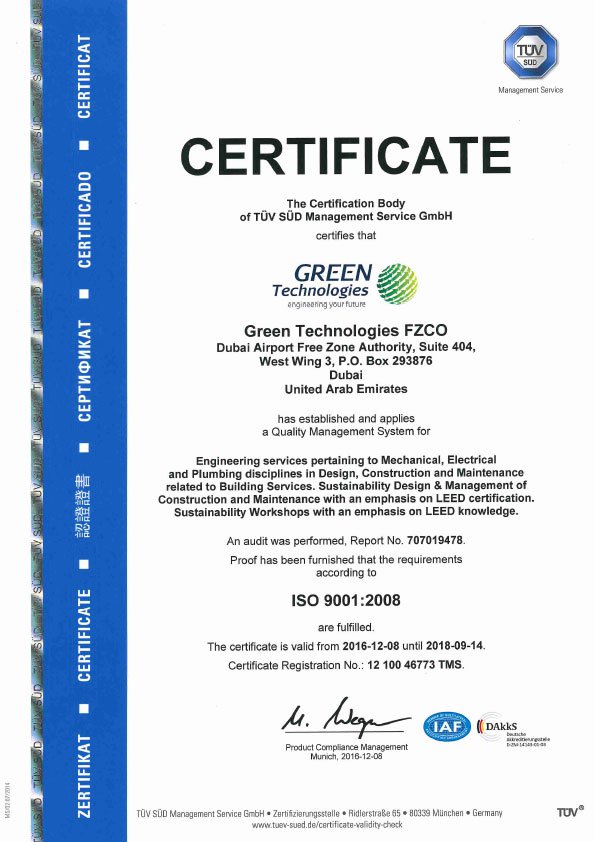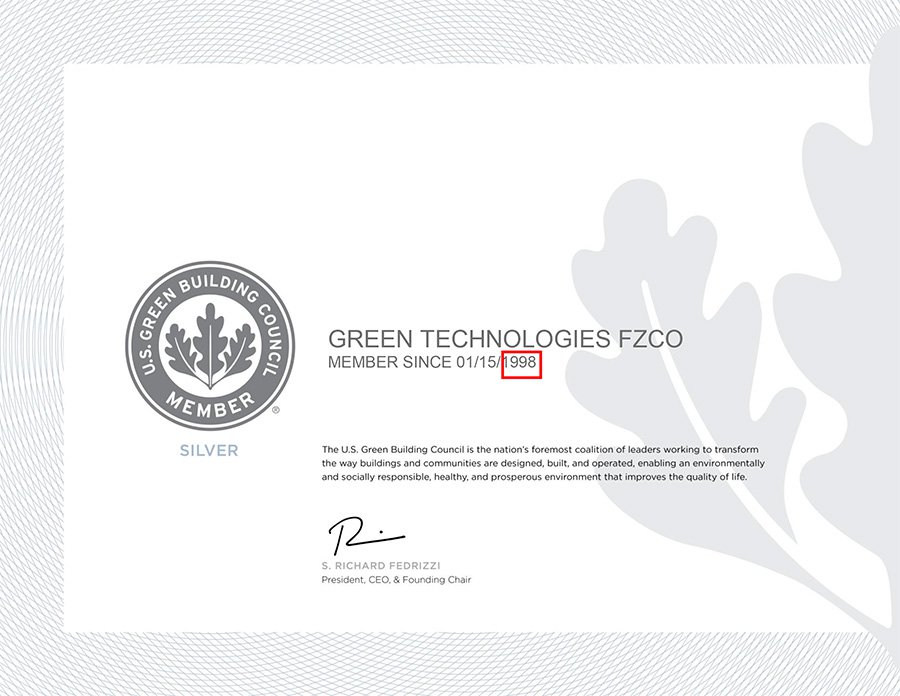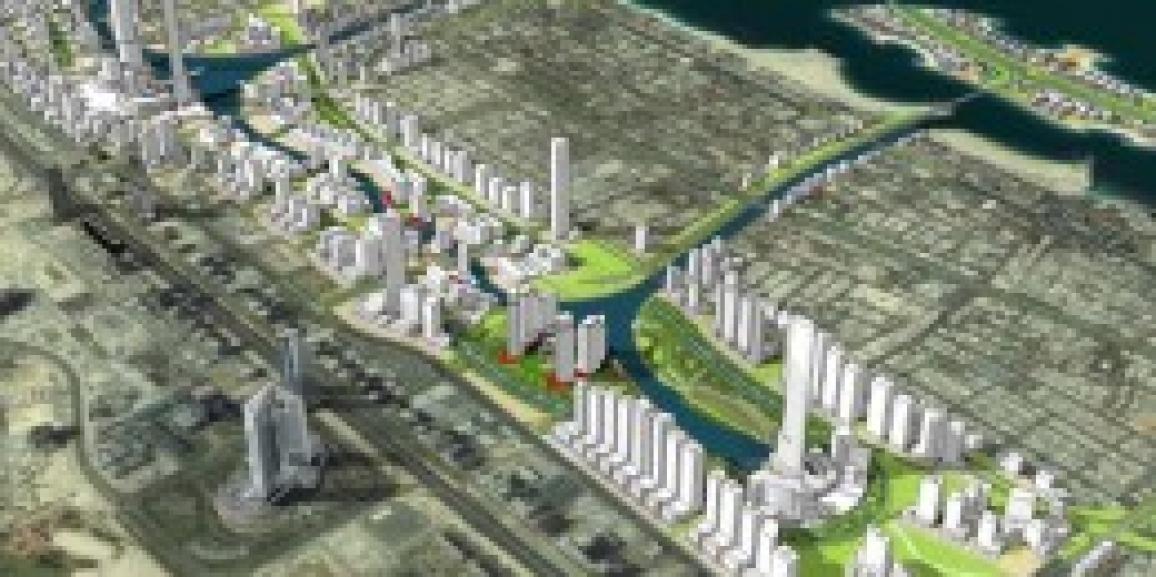

Jumeirah Garden City Development Dubai, United Arab Emirates
The master plan of Jumeirah Garden City pertains to the re-development of a 9,000,000 (nine million) square meter land area, conceptualized to be a part of the 2015 strategic plan for Dubai.
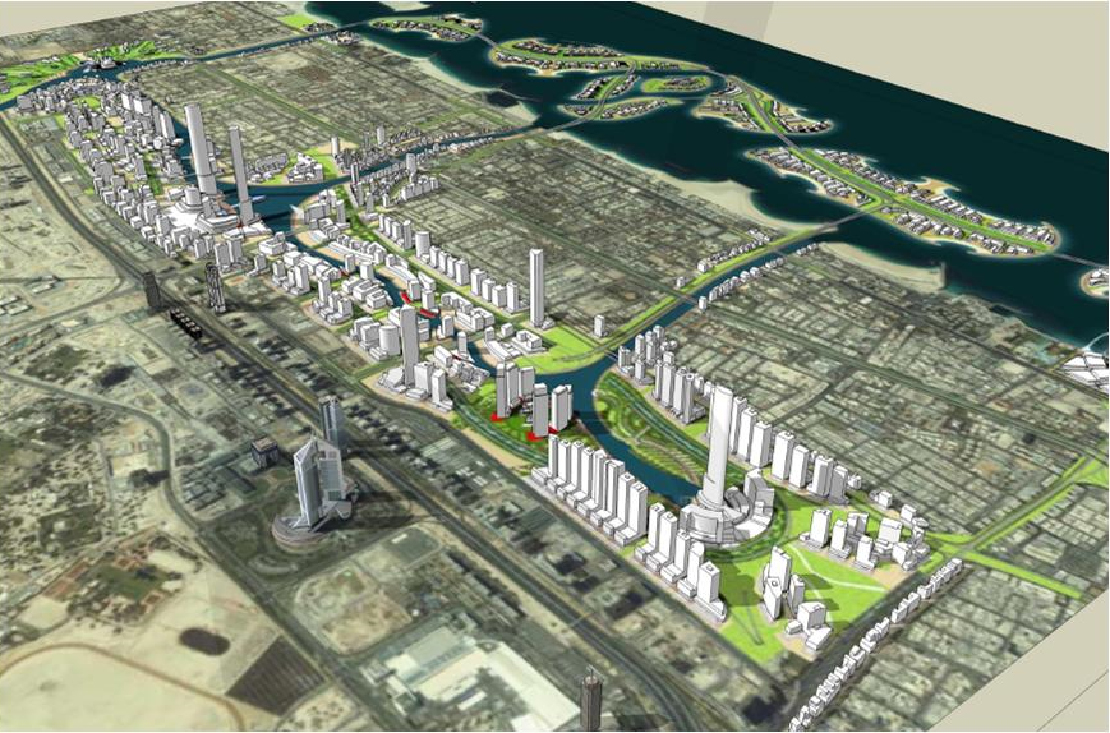
Project Team:
| Client: | Meraas |
Read More
Description:
The development consists of 12 districts with an envisaged built up area of 14,000,000 (fourteen million) square meters that will be home to a population of 250,000 (two hundred and fifty thousand). The districts will be linked to each other and to the rest of Dubai by a central canal, a network of public transport systems such as roads and boulevards, a light rail system as well as pedestrian walkways. This development primarily consists of the re-development of a previously developed landmass, with the inclusion of newly developed islands off the coastline of the primary land mass development.
Internationally, members of the building industry have begun to recognize exactly how significant an impact their trade has on the global environment, national economies, and the state of social equity. This observation has initiated a global sustainable building movement that addresses these three areas of concern. Environmentally, sustainability serves to protect ecosystems, reduce and prevent air and water pollution, reduce waste, and conserve natural resources. Economically, sustainable practices help diminish costs, enhance profits, and optimize the productivity of the individuals and the organizations that abide by them. Socially, the improvements on occupant comfort and health that sustainable buildings promote have positive ramifications that extend well into the greater community. On a smaller scale, adherents to sustainable building practices will find considerable improvements over the traditional building model with their structure’s long-term durability and reduced life cycle costs. In view of these positive impacts, it is clear that sustainable building practices are of the utmost importance on both a local and a global scale. This precedent for sustainability is the impetus behind the development of the Jumeirah Garden City Sustainable Development Guidelines. These guidelines comprehensively consider all measures required for a large-scale sustainable development.
This development has been envisioned to be a flagship development representing the highest standards of sustainability and is expected to be a pioneering example to the rest of Dubai, the region as well as the rest of the world. The following are the key Sustainability Targets:
- Energy – 40% improvement in energy efficiency – ASHRAE 90.1-2004.
- Aspiring 60% emissions reduction below BAU scenario, including renewable energies.
- Water – 40% improvement in water efficiency – Energy Policy Act of 1992.
- Primary Air Conditioning Mode – Water Cooled Systems or District Cooling.
- Condenser water cooling for district cooling, by sea water
- 90% Waste water reuse.
- Reduction of Heat Island Effect – Landscaping and Open Areas (Microclimate)
- Transportation – 50% PT share for transport.
- Enhanced Walkability
- Occupant waste – each resident produces less than 400kg waste per annum.
- Building waste management – 60% municipal waste is recycled.
- Indoor Environment Quality – 15% better than ASHRAE 62.1-2007, meet ASHRAE 55-2004

